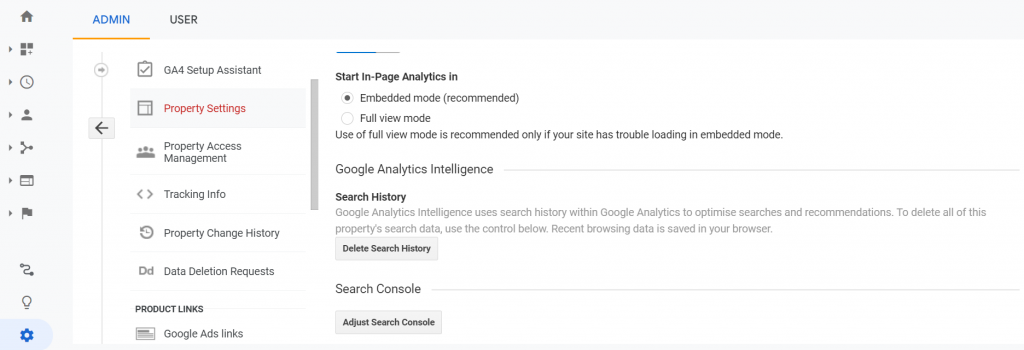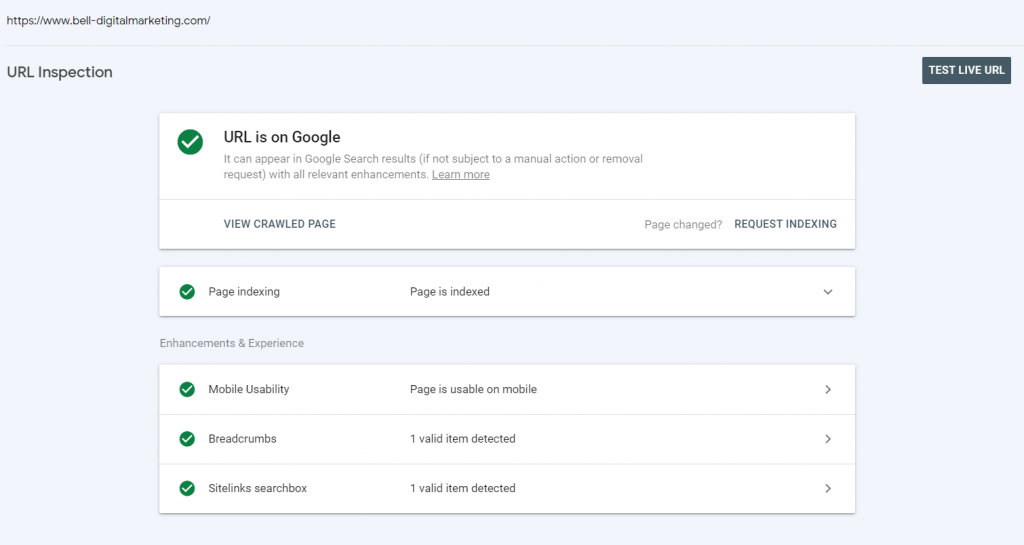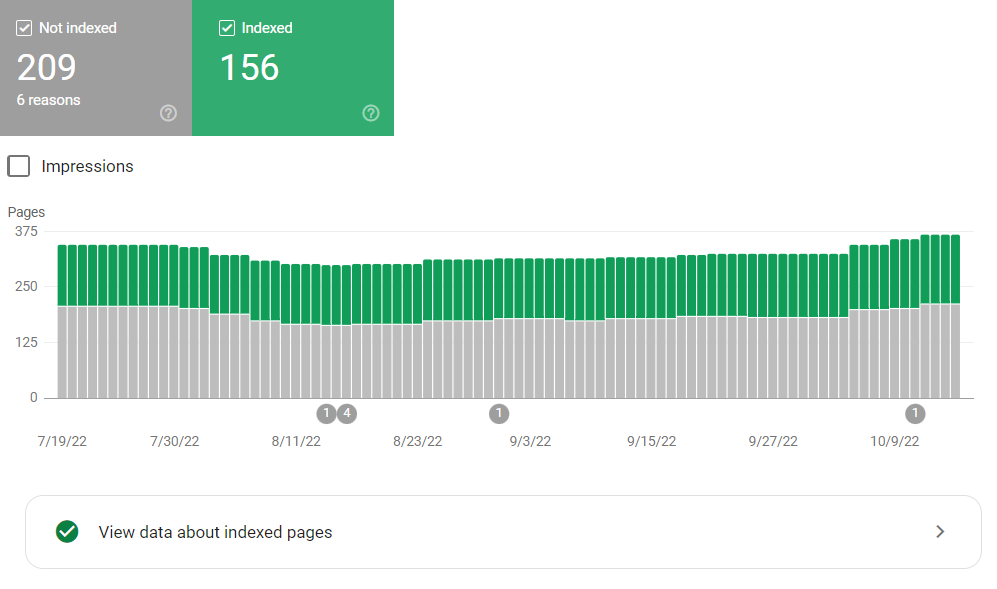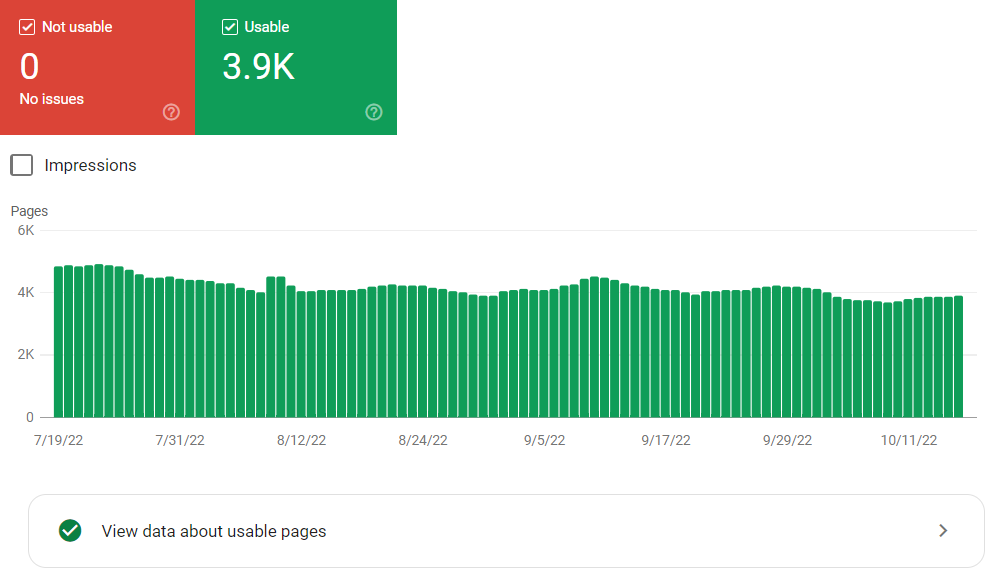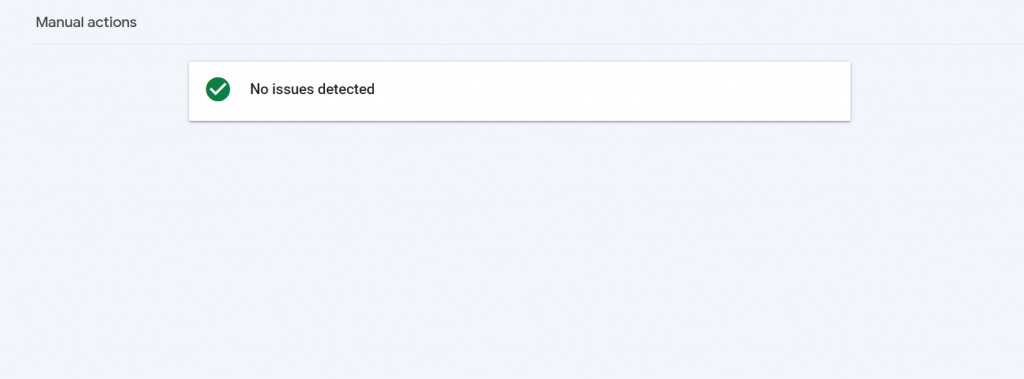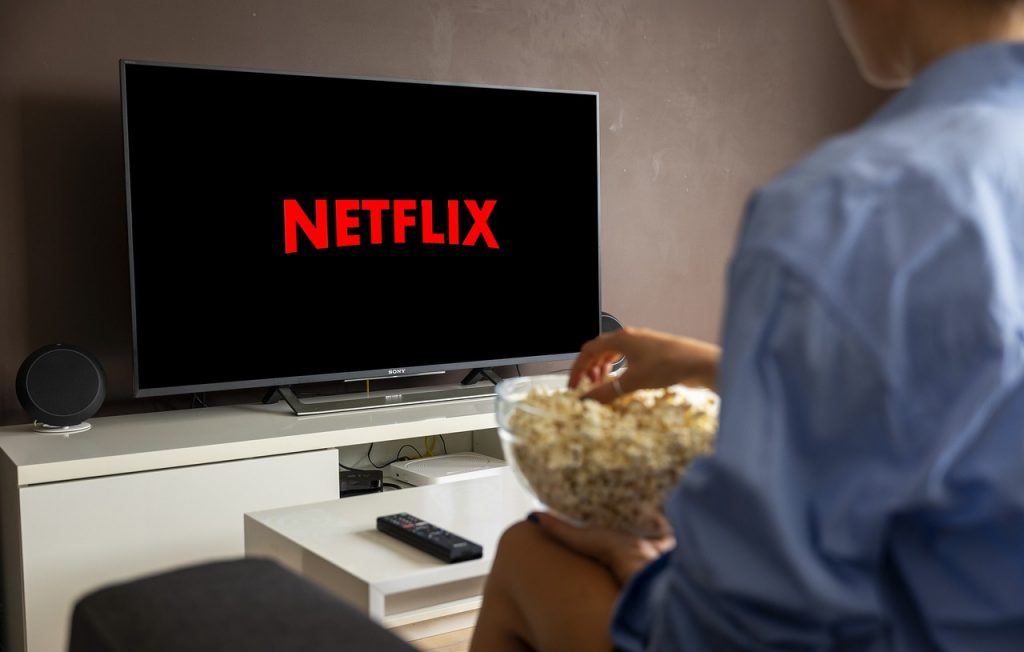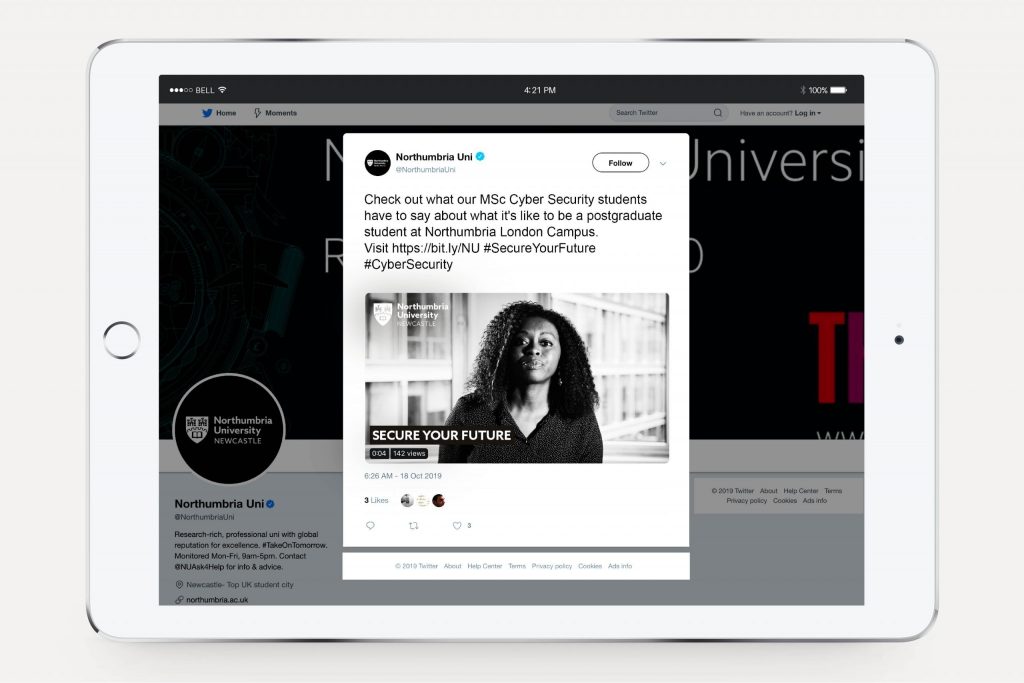In recent years, short form videos have seen a huge increase in popularity. So much so, that they have become a significant part of the advertising industry.
The rise of social media platforms like TikTok, Instagram, and Snapchat has made short video content more accessible than ever before. It's easy to see why they have become such a powerful tool for advertisers.
Why should brands include video shorts as part of their marketing mix? We take a look at some of the key benefits they can have for advertisers.
1: ATTENTION SPAN
One of the key reasons why video shorts have become so popular is because they are a highly effective way to quickly capture people's attention.
In today's fast-paced world, attention spans are shorter than ever. Now advertisers have to work even harder to grab and hold their audiences' attention.
Short videos, with their ability to convey a message quickly and efficiently through bite-sized, easy to digest information, are a perfect fit for this environment.
Millennials and Gen Z particularly, are drawn to video clips because they are short and entertaining. A global study reported that TiTok users spend on average 23.5 hours per month on the platform.
TikTok (owned by Chinese company ByteDance) is even being considered as a direct competitor to Netflix. This is because time spent watching content on the platform is projected to surpass the time people spend on Netflix! This fact alone demonstrates the exponential growth video shorts have seen in recent times.
2. ENGAGEMENT
The ability to grab attention and engage an audience in a nanosecond is a real art. Captivating video shorts do just this.
When posted on social media, this type of content is much more likely to benefit from high levels of engagement. Engagement drives reactions, likes, and shares.
When a post receives high engagement, this signals to the platform that users are finding the content enjoyable. The platform’s algorithm sees engagement as a positive social signal. As a result, it’s much more likely to serve the video up to even more users. The snowball effect of engagement and extended reach gives the post the potential to go viral.
3: MEMORABLE
Content that resonates with users is much more memorable. A funny and engaging video will leave a lasting impression.
Recognition builds brands, so this poses a fantastic opportunity for businesses to strengthen their brand presence and following.
Posts don't have to be funny, they can be informative or educational too. As long as the video appeals to the target audience in an engaging way, it has the potential to be very successful.
4: PEOPLE LOVE PEOPLE
Social platforms are a place of expression. Now, more than ever, users want to see real people sharing real life experiences. A connection between creator, user and likeminded folk is forged through a mutual understanding, experience or emotion. The attraction of fame is also a big draw.
Anyone with a smartphone can create a video reel. Fame is no longer reserved for influencers and superstars! All you need is a good story to tell that will captivate people.
Advertisers now have the ability to tap into huge audiences with the added benefit of influencing consumers (whether they realise it or not) to create user generated content to advertise their products.
TikTok is a great example. Users that buy products sold on the platform are inspired to create their own video short to share their experience with their followers, along with the caption ‘TikTok made me buy it’.
This poses a lucrative opportunity because brands can leverage social media users to provide free advertising for their business for very little upfront cost.
5: EASY TO SHARE
Another reason why short videos are so effective is because they are highly shareable.
People are much more likely to share short form videos on social media compared to longer videos or text-based content. This means that advertisers can get more reach without having to invest in expensive advertising campaigns.
6: EASY TO CREATE
Low advertising production costs are a big attraction for agencies and businesses alike because they offer a cost-effective way to reach large audiences.
Short videos can be created quickly and inexpensively, making them a highly attractive option for businesses of all sizes.
With the unstoppable rise of social media, advertisers no longer have to plough vast amounts of money into expensive advertising campaigns in order to get their message in front of people.
TV advertising, out of home and print media are bearing the brunt as the internet takes an ever-increasing share of advertising revenue.
TV ad spend is forecast to decline by another 5% overall for 2023. Print media has been on a downward spiral for years and this has been recently highlighted by the Daily Mail announcing redundancies due to declining readership. It’s not hard to see why traditional forms of advertising are suffering when social platforms offer up huge audiences that are increasingly addicted to consuming short form content.
7: Gen Z Purchasing Behaviour
According to a recent study, 55% of Gen Z consumers reported that social media was their main channel for discovering new brands. 75% said they made a purchase from a brand after engaging with it on a social network.
These stats show the importance of having social media in the marketing mix. With 60% of Gen Z consumers favouring TikTok as their preferred platform, it’s glaringly obvious that short videos can equal big bucks.
WHAT PLATFORMS SHOW VIDEO SHORTS?
Short videos can be posted on any social media platform that allows it but these are the top platforms for video distribution:
- TikTok
- YouTube - Shorts
- Facebook - Stories & Reels
- Instagram - Stories & Reels
- LinkedIn - Stories
- Snapchat - Spotlight
CONCLUSION
In conclusion, short videos have become a highly prominent and important tool for advertising agencies and brands. This is because they are incredibly effective at capturing people's attention quickly. They’re also shareable, adaptable and versatile, and offer a cost-effective way to reach large audiences.
As social media continues to evolve, it's likely that we'll see even more innovative uses for video shorts in the world of advertising in the years to come.
If you need help to leverage your brand on social media, contact the team at Bell Digital Marketing for a chat!


